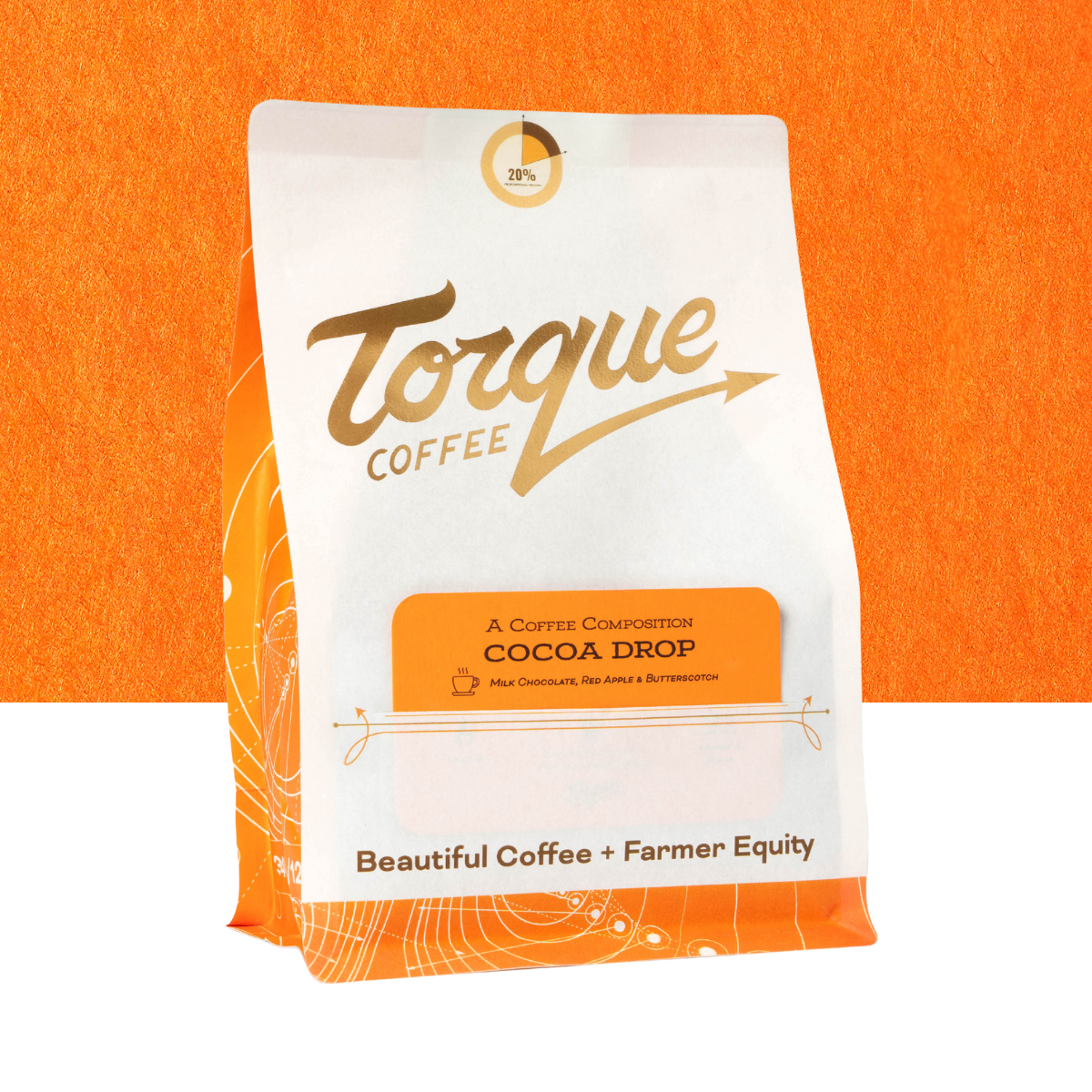
The Science of Espresso
What Is Espresso?
Espresso is a concentrated coffee beverage brewed by forcing hot water through finely-ground coffee beans, typically using high pressure, resulting in a small but potent extraction of approximately 50-60 milliliters (1.6-2.1 fluid ounces). According to the Specialty Coffee Association (SCA), espresso is typically brewed at a temperature between 195°F to 205°F (90.5°C to 96.1°C), using 7-9 grams of coffee grounds, compacted into a portafilter with a recommended extraction time of approximately 25-35 seconds.
The SCA, a prominent authority in the coffee industry, defines espresso as a highly concentrated form of coffee characterized by its strong flavor, full body, and a layer of crema—a reddish-brown foam that forms on top of a well-prepared shot of espresso. This definition aligns with industry standards and serves as a reference for coffee professionals worldwide.
In summary, espresso is a small, strong, and concentrated coffee beverage prepared by forcing hot water through finely-ground coffee beans under high pressure, meeting specific criteria regarding temperature, coffee-to-water ratio, and extraction time as defined by the SCA.
A Typical Process For Making Espresso At Home
Here's a step-by-step guide to making an espresso:
1. Gather Equipment:
- Espresso machine: Ensure it's clean and in good working condition.
- Fresh coffee beans: Choose high-quality beans and grind them just before brewing.
- Grinder: Use a burr grinder to achieve a fine, consistent grind.
- Portafilter: The basket where coffee grounds are placed for brewing.
- Tamper: Use to evenly press the coffee grounds in the portafilter.
2. Preheat the Espresso Machine:
- Turn on the espresso machine and allow it to reach the recommended brewing temperature (around 195°F to 205°F or 90.5°C to 96.1°C).
3. Prepare the Portafilter:
- Fill the portafilter basket with freshly ground coffee.
- Distribute the grounds evenly and level them with a finger or a distribution tool.
- Tamp the grounds firmly and evenly with the tamper to create a level, compact puck.
4. Insert the Portafilter:
- Basket to the gasket, finger to the ringer (aka insert and immediately brew)
- Lock the portafilter into the espresso machine's group head securely.
5. Start Brewing:
- Place an espresso cup under the portafilter spout.
- Start the extraction process. The water should be forced through the coffee grounds at high pressure (usually around 9 bars) for about 25-30 seconds.
6. Monitor the Extraction:
- Observe the extraction process. A well-pulled espresso shot should have a steady flow, forming a rich, golden-brown liquid.
7. Watch for Crema:
- A layer of crema, a frothy golden-brown foam, should form on the top of the espresso. 'tiger striping' of darker browns indicates a properly brewed shot.
8. Stop the Extraction:
- Stop the extraction when the desired volume of espresso (approximately 25-30 milliliters or 0.85-1 fluid ounces) has been achieved.
9. Serve Immediately:
- Carefully remove the portafilter from the machine.
- Pour the freshly brewed espresso into a preheated cup to maintain its temperature and flavor profile.
10. Clean Up:
- Dispose of the used coffee grounds from the portafilter.
- Rinse the portafilter and wipe down the group head to remove any coffee residue.
Remember, these steps may vary slightly based on the espresso machine and personal preferences. Practice and adjustment of variables like grind size, coffee dose, and extraction time may be needed to achieve the perfect espresso shot.
Some great coffees we have that are absolutely wonderful as espresso are:
- Dark Drop - Dark Chocolate and dark berries
- Cocoa Drop - Milk chocolate, apples & almonds
- Espresso Centenario - Dark chocolate, toffee & stone fruit
And if you are looking to upgrade your home espresso game check out our Coffee Gear




